
Are wheel spacers legal in Australia?
Are wheel spacers legal in Australia? No, wheel spacers are not legal in...
Browse over 9,000 car reviews

As the search continues for the next generation of highway patrol car, we reveal the tricks and traps for carmakers looking to break into the lucrative police car market.
As local car manufacturing draws to a close, so does a ready supply of Australian-made police vehicles that enjoyed favoured status with forces around the country.
Brands like Ford, Holden, Chrysler (nee Valiant) and Toyota have all built and supplied police vehicles for local law enforcement outfits over the last six decades, but now those departments will need to look towards fully imported vehicles to replace cars like the Holden Commodore, Ford Falcon and Territory and Toyota Camry.
What makes a highway patrol car? Is it just a big engine and the ability to hold, erm, persons of interest in the back seat?
Importers from brands as diverse as BMW, Infiniti, and Subaru have been touted as potential candidates for highway patrol supply, along with Chrysler and Kia.
The police themselves are still figuring out a future without Falcons and Commodores. "There are safety and performance standards that vehicles must meet," a NSW Police Force (NSWPF) spokesperson told CarsGuide. "The process to select future Highway Patrol cars is thorough and ongoing."
However, the process – which is expected to take several years as police forces around the country use up their stocks of Australian made machinery – has already begun, with the Volvo XC90 being deployed in NSW country commands as a bona fide highway patrol car.
But what makes a highway patrol car? Is it just a big engine and the ability to hold, erm, persons of interest in the back seat? Carsguide explores the ins and outs of what will go into the next NSW Police Force (NSWPF) highway patrol car; while every state and territory's requirements will vary (and some states, like Tasmania, don't even use highway patrol cars), the same general principals will apply.
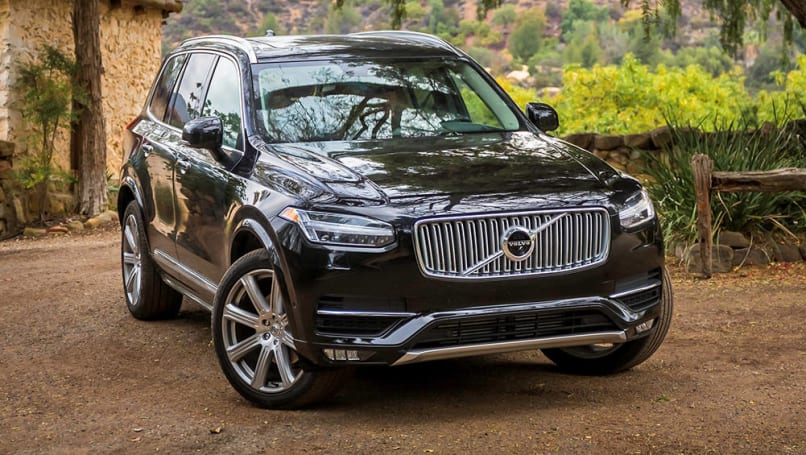
Before police can consider any car for use, it has to pass a basic ratings test that assigns it into one of three categories.
The ratings are based on fundamental specs like power, weight, performance, handling and basic specifications. Gold level cars are the only ones that can be considered for use as highway patrol vehicles, while vehicles in the silver category can be used for what's colloquially known as GD (general duty).
This includes regular patrol cars, detective's vehicles, 4x4s and general policing vehicles.
Police cars are rigorously maintained, so access to a service network is also an important factor.
Bronze level cars can only be used as basic transport units, and cannot be used to respond to a call-out.
Underlining any specification requirements is the need for a potential car to come with a maximum five-star ANCAP safety rating, while a cost/benefit analysis of the vehicle's cost-of-life requirements – including accessibility of spares, residual values and the like – is also an important part of the selection process.
Police cars are rigorously maintained, so access to a service network is also an important factor. If a car is off the road because a local mechanic doesn't have the right tools to fix a problem, it's an expensive piece of taxpayer-owned infrastructure that's lying dormant.
So while a Nissan GT-R cop car may seem like a great idea in principle, its higher servicing costs would play against it.
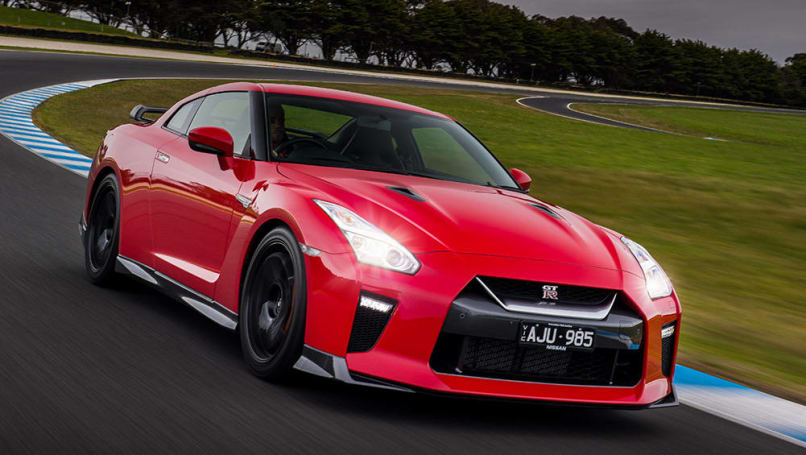
One of the most arduous physical tests a potential NSWPF highway patrol car has to undergo is known as the pursuit brake test (PBT).
It's based on NSWPF operational analysis that suggests a metropolitan area high-speed pursuit across a distance of 15km represents the most severe braking function test for a NSWPF pursuit vehicle.
The test includes a full-throttle acceleration for a distance of 350 to 450m, followed by controlled braking to a pace that enables the safe crossing of an intersection, and is instantly followed by full throttle acceleration.
A highway patrol vehicle needs to hold four people, including two officers in the front seats.
The PBT, conducted at the NSWPF's driver training track in the Southern Highlands town of Goulburn, involves eight braking tests per lap and five laps per test. To add to the difficulty, the vehicle is brought to a complete halt after each braking test.
CarsGuide understands the Ford Mustang's automatic transmission went into a 'limp-home' self protection mode during the course of its testing, while vehicles from another unknown brand required $10,000 of brake modifications to pass the test.
Others, including Subaru's WRX, have reportedly sailed through unscathed.
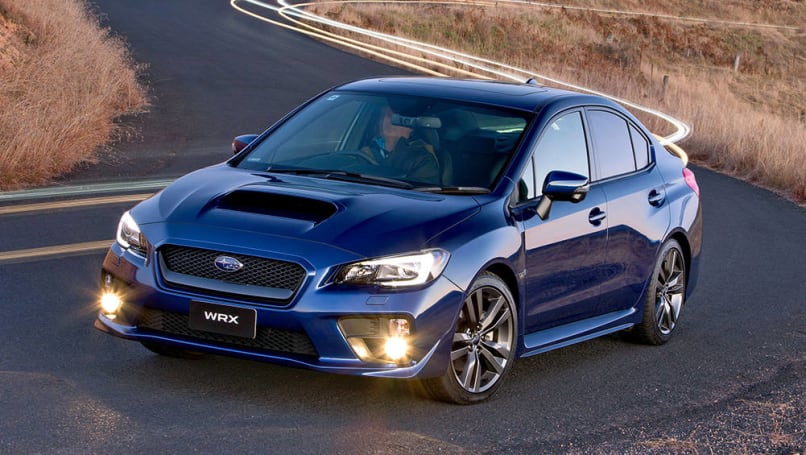
While the Mustang received the lions's share of attention when it was revealed as a potential starter, one of the factors that played against it straight away was its seating capacity – or rather, the lack of it.
A highway patrol vehicle needs to hold four people, including two officers in the front seats – and the token pair of seats in the back of the Mustang aren't going to cut it. Not only that, access to the rear is difficult at the best of times; imagine trying to 'coax' a reluctant suspect into the space between the door frame and the front seat.
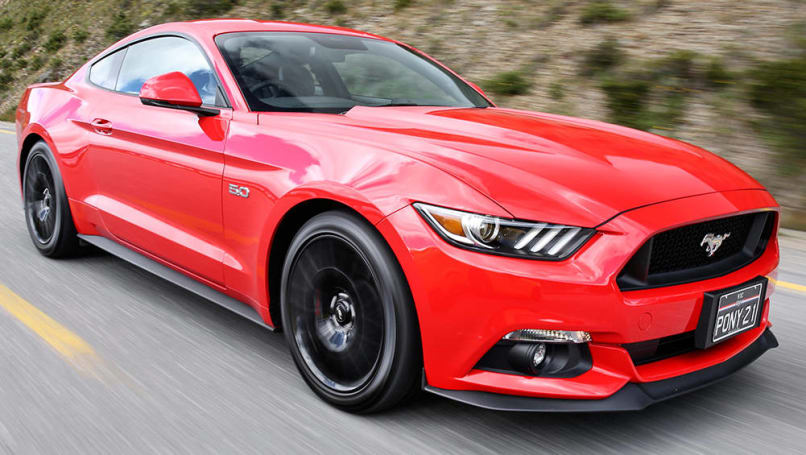
A large four-door sedan, like the 300 or the BMW 5 Series, makes a lot more sense in this regard, although a four-door coupe like the Kia Stinger may well still be a useful device if the rear seats are large enough.
Not only is the number of seats important, but the abuse those seats and the surrounding trim need to absorb is also a factor. Police officers wear gun belts full time when on duty, for example, so heavy duty seat trim is a necessity.
Generally, the first sign we see of a police car is the distinctive LED blue and red flashing lights – if we don't hear the siren first. All the while, an in-car video and audio system is running and a camera-operated licence plate reader is whirring away, while officers will look up our licence details with a device known as a mobile data terminal, before making a call on a two-way radio system.
All these extra items need power, so a potential police car is often required to have an upgraded electrical system comprising heavy-duty wiring, additional ports and plugs already plumbed into the existing wiring harness, and even a back-up battery.
A highway patrol car doesn't just catch errant motorists; it also acts as a mobile command post for its officers over the course of a shift.
As well, the lighting array needs to be able to be fitted easily to various points of the car, including the roof, rear window and front grille.
The Chrysler 300 can be modified to suit from the factory, according to the company, thanks to extensive experience outfitting US law enforcement agencies.
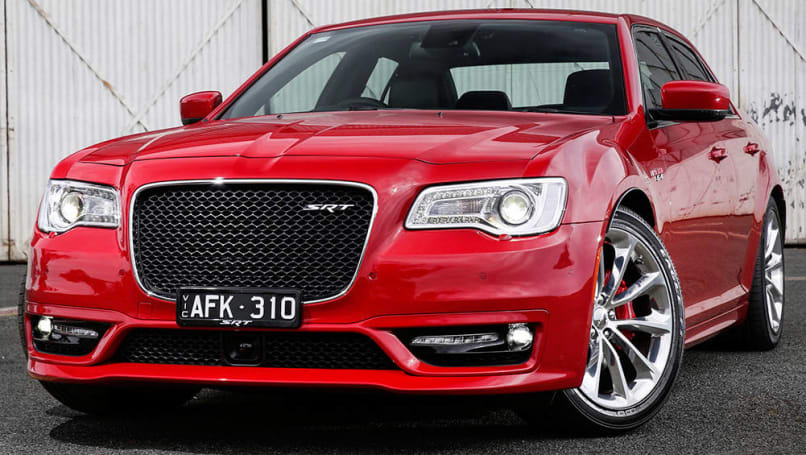
A highway patrol car doesn't just catch errant motorists; it also acts as a mobile command post for its officers over the course of a shift.
A typical day may include anything from creating a road diversion, escorting large loads and attending both crash sites and crime scenes, so a highway car needs to be equipped to suit all eventualities.
While a Nissan GT-R or a Mercedes-AMG C63 sedan may sound like great candidates for police work, the dollars have to make sense.
A boot may be required to hold items as varied as witch's hats, handheld signs, ballistic vests, fire-fighting kits and even vehicle measuring equipment, meaning size is important.
The NSWPF's new Volvo XC60 obviously holds an ace in this regard, which is one of the reasons it's being deployed in country commands where officers need to move further away from base and may need to operate autonomously for longer until back-up arrives.
While a Nissan GT-R or a Mercedes-AMG C63 sedan may sound like great candidates for police work, the dollars have to make sense.
One of the advantages of the Falcon/Commodore era for police forces was a lower pricing structure for locally made products that favoured their use over imported vehicles.
However, with this advantage set to disappear, police forces are looking at ways to reduce the cost per vehicle.
Companies are currently negotiating with police to supply a car that meets requirements, and are even prepared to build special runs of 'police specials' – but the size of the order needs to be right.
A source at Chrysler, for example, told CarsGuide that any potential orders for the 300 will be "significant" in order for it to convince its US parent to build a special run of cars.
Comments